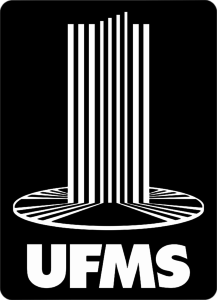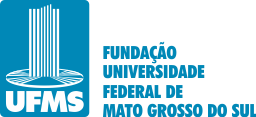Use este identificador para citar ou linkar para este item:
https://repositorio.ufms.br/handle/123456789/12308| Tipo: | Dissertação |
| Título: | REPRESENTAÇÕES ANGULARES E ARREDONDAS DE DESENHOS NAS EMBALAGENS DE BARRAS DE CEREAL: Um caminho para aumentar a aceitação dos insetos comestíveis? |
| Autor(es): | KALIL NASCIMENTO NEIVA |
| Primeiro orientador: | Thelma Lucchese Cheung |
| Resumo: | O crescimento populacional mundial coloca pressão sobre as cadeias de suprimento alimentar, destacando a necessidade de alternativas ricas em proteínas, como os insetos comestíveis. Apesar de serem consumidos por milhões de pessoas globalmente, os insetos ainda enfrentam resistência no ocidente devido a preconceitos culturais e sentimento de nojo. A promoção eficaz de produtos à base de insetos requer estratégias de marketing que auxiliem na percepção dos consumidores. Sabe-se que representações abstratas dos insetos, no lugar de suas imagens reais realistas, reduzem a aversão dos consumidores. Porém, permanece em aberto a questão da forma que essas imagens abstratas deveriam aparecer para o consumidor. A luz da teoria das correspondências transmodais este trabalho examinou a associação realizada entre os consumidores brasileiros sobre a forma dos animais (pontiagudas vs. arredondadas) e a relação dessas formas com o aspecto sensorial sabor e com saudabilidade percebida. Ao contrário de outros estudos que buscaram relações entre formato do alimento e sabor, a experiência com os insetos trouxe uma curiosidade, observou-se que a associação mais forte encontrada foi entre formato angular e o sabor doce, ao contrário de outros estudos onde a associação do angular foi fortemente associada a sabores salgado, azedo e amargo. A disposição em comprar e consumir o produto também foram mais fortemente associadas pela imagem angular do inseto, assim como o nojo foi menor para o formato pontiagudo. Por fim, verificou-se que a saudabilidade foi associada ao formato pontiagudo. |
| Abstract: | World population growth puts pressure on food supply chains, highlighting the need for protein-rich alternatives such as edible insects. Despite being consumed by millions of people globally, insects still face resistance in the West due to cultural prejudices and feelings of disgust. The effective promotion of insect-based products requires marketing strategies that aid consumer perception. It is known that abstract representations of insects, rather than realistic images of them, reduce consumer aversion. However, the question of how these abstract images should appear to the consumer remains open. In the light of the theory of crossmodal correspondences, this study examined the association made among Brazilian consumers about the shape of animals (angular vs. rounded) and the relationship between these shapes and the sensory aspect of taste and perceived healthiness. Contrary to other studies that have looked for relationships between food shape and taste, the insect experiment brought a curiosity: it was observed that the strongest association found was between angular shape and sweet taste, unlike other studies where the association of angular was strongly associated with salty, sour and bitter tastes. The willingness to buy and consume the product was also more strongly associated with the angular image of the insect, and disgust was lower for the angular shape. Finally, it was found that healthiness was associated with the angular shape. |
| Palavras-chave: | - |
| País: | Brasil |
| Editor: | Fundação Universidade Federal de Mato Grosso do Sul |
| Sigla da Instituição: | UFMS |
| Tipo de acesso: | Acesso Aberto |
| URI: | https://repositorio.ufms.br/handle/123456789/12308 |
| Data do documento: | 2025 |
| Aparece nas coleções: | Programa de Pós-graduação em Administração |
Arquivos associados a este item:
| Arquivo | Tamanho | Formato | |
|---|---|---|---|
| Dissertação - REPRESENTAÇÕES ANGULARES E ARREDONDAS DE DESENHOS NAS EMBALAGENS DE BARRAS DE CEREAL.pdf | 786,49 kB | Adobe PDF | Visualizar/Abrir |
Os itens no repositório estão protegidos por copyright, com todos os direitos reservados, salvo quando é indicado o contrário.

